With the next Skate game in active development, there’s a potentially huge audience that hasn’t played a skateboarding game since 2010’s Skate 3. Skate 4 will undoubtedly carve out its audience, but I’m not yearning for it like I once was, because Session and Skater XL are the ultimate encapsulations of the genre. To understand why Session and Skater XL are so special, we must establish what made Skate stick in the first place, as well as what makes the sport itself endearing.
Carving your own individuality
Rather than an extreme sport, skateboarding is a culture defined by self-expression and community. A kickflip couldn’t exist without the invention of the flat-ground ollie. Varial flips wouldn’t exist without both shuvits and kickflips/heelflips.
Skateboarding has progressed because you can’t pinpoint one individual as the sole reason for its success. There are key figures such as Rodney Mullen and Tony Hawk credited for creating tons of street and vert tricks, but they’re only one small piece of the puzzle. You don’t see either of them begrudgingly berating their peers for stealing tricks. This is because that’s not what skateboarding is about. It’s about taking inspiration from the community and then contributing to it in your own way, whether by adding style to existing tricks or inventing new tricks, which further enriches the community.
The Tony Hawk franchise was so popular that it actually helped skateboarding penetrate the mainstream in the late 90’s and early 2000’s. It may have been responsible for the sport’s rise, but its arcadey design left a disconnect between real skating and its virtual equivalent — one which would be bridged by Skate in 2007.
Reinventing skateboarding games

After several years of annual Tony Hawk games, Skate reinvented the genre. Its innovative flick-it control scheme added tangibility to Tony Hawk’s abstract controls, which relied on buttons and directional pad presses.
Utilizing the right analog stick to roughly approximate the foot’s movement changed the perception of what a skateboarding game could be. Coupled with its low-angle camera and more realistic physics, Skate was the closest analogue to real world skating at the time.
With the absurd physics and abstract inputs removed from the equation, Skate felt closer to the culture it drew from. Even if every other element was the same, Skate would be a different beast if it controlled like Tony Hawk. The flick-it control scheme was the unifier that bridged the gap between virtual space and reality.
Skater XL and Session elevate this tangibility to new heights with an additional reinvention to the flick-it control scheme. Both games make use of both analog sticks for flip tricks. In Skate, a kickflip requires flicking the right analog stick straight down, then to the left in regular stance. In Session and Skater XL, you need to hold the right stick down, then flick the left stick to the left.
Separating the feet, requiring players to adjust their stick motions based on their stance adds an additional hurdle that more closely emulates skateboarding. For example, performing a switch kickflip in Skate is as simple as changing the outward motion from the left to the right after the same downward flick. In Session, pulling off a switch kickflip requires holding the left stick down, while flicking the right stick to the right.
Much like Skate required an adjustment period after years of Tony Hawk, Skater XL and Session require their own adjustment periods after years of Skate. Once you come to grips with them, however, they feel like a natural evolution of the road paved by Skate.
Where Skater XL succeeds
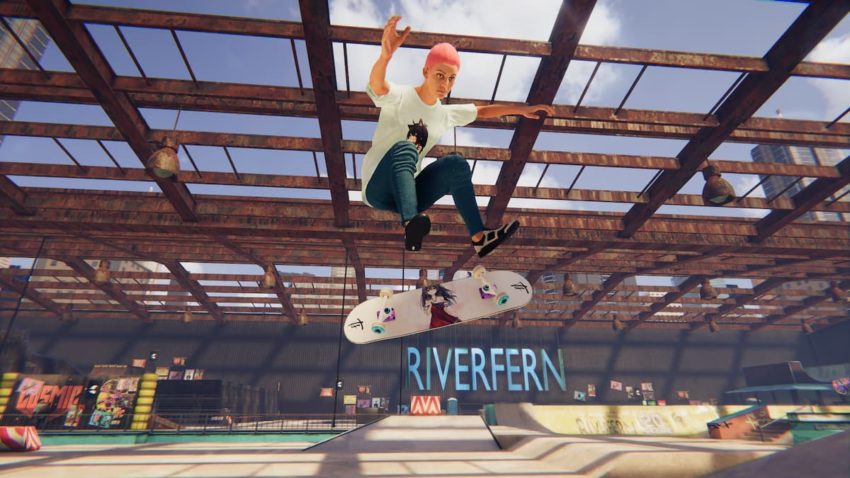
This is where Session and Skater XL diverge. For players put off by the idea of an ultra-realistic simulator, Skater XL is the perfect middle ground. It still makes use of the more intuitive dual stick controls, but its forgiving vanilla physics are a closer match for the wackiness that Skate would veer into beginning with Skate 2.
However, it is incredibly telling that practically any notable Skater XL content creator makes use of the XXL mod to adjust various parameters such as gravity and pop height for a more grounded experience — which is an admittedly less than ideal situation for console players.
With that said, the Skater XL modding community made the game into what it is today. While players liked the game in early access, the introduction of the XXL mod kept hardcore players invested. Because players and content creators remained invested, the modding community continued to grow, adding features which may never have come to fruition without that infrastructure. The trajectory of Skater XL’s modding community and its effect on the game’s longevity closely mirrors that of real world skate culture.
Session is the ultimate simulation
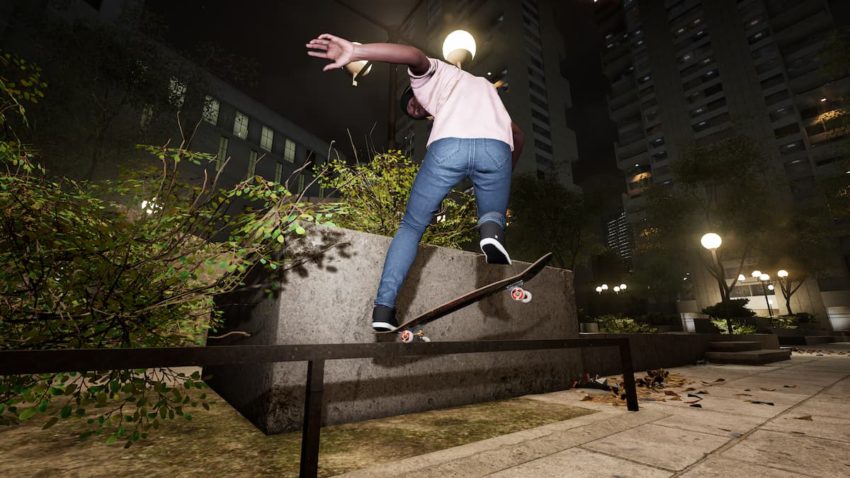
This is where Session comes in, which is perhaps the most remarkable skateboarding game to date. Creā-ture Studios markets Session as a skateboarding simulator. Everything from board size to wheel size impacts the experience. The default and hardcore settings can be quite unforgiving to newcomers.
Skateboarding is all about perseverance. You’re going to fall many times before gapping a stair set or landing a tre flip. It takes a strong-willed individual to push through failure. It is an uphill battle that Session’s more realistic settings perfectly mirror — and just like the real thing, the satisfaction from landing something you struggled with for days or weeks is unmatched.
Creā-ture Studios taps into this psychology, however, it also understands the need for training wheels. In real life, you’re not going to tre flip onto a rail from the outset. You’ll want to make sure you can pull it off on flat before tying it into more elaborate lines. Learning one step at a time is part of the process.
This is what makes Session’s extensive player customization so helpful. Beyond an expansive stats menu, which allows you to tweak dozens of parameters from gravity to grind friction for a more realistic or forgiving experience, Session also has tons of accessibility options.

For example, grinds are entirely physics based, which is unlike any other entry in the genre. Anything with an edge is grindable. It is simply a matter of lining up the board to perform the grind that you want, obeying the laws of weight distribution and gravity. If you don’t get a good pinch on a rail or ledge, you’re likely to careen off the edge. If this is too much to learn while adjusting to everything else, there is a casual grind setting that automates grinds, among other grind settings such as grind alignment.
There are even two control methods beyond the standard control scheme whereby each stick translates to a specific foot. You can simplify this a bit by ensuring the left and right sticks always correspond with the front and back feet, respectively, regardless of stance. There’s even an experimental legacy option that controls like Skate.
Although creā-ture Studios’ vision surrounds a realistic simulation, it understands that throwing players into the deep-end is off-putting. It would be like attempting a kickflip without properly learning to ollie. Players won’t receive that reward without easing themselves into more difficult self-imposed challenges through these training wheels. The vast amount of options also serve as the perfect canvas through which players are able to individuate themselves.
The next Skate game will undoubtedly make its fanbase happy. I was once one of those fans. However, Session and Skater XL are such natural evolutions of the genre that I would have been content with Skate never making a comeback.

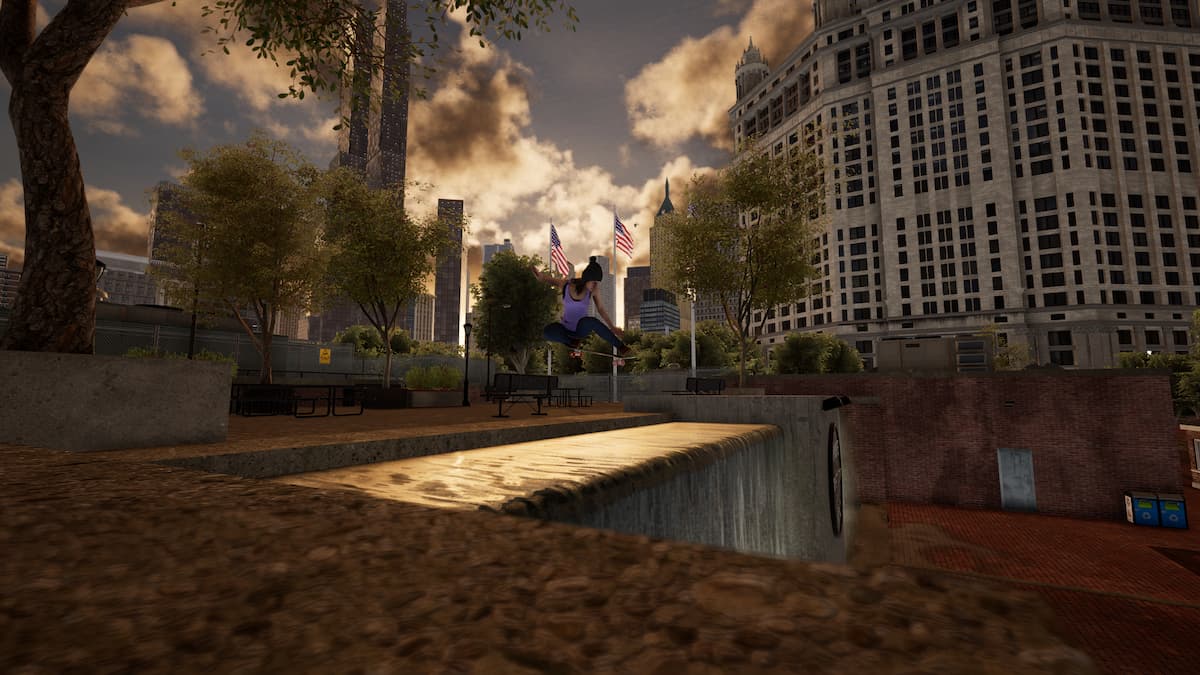
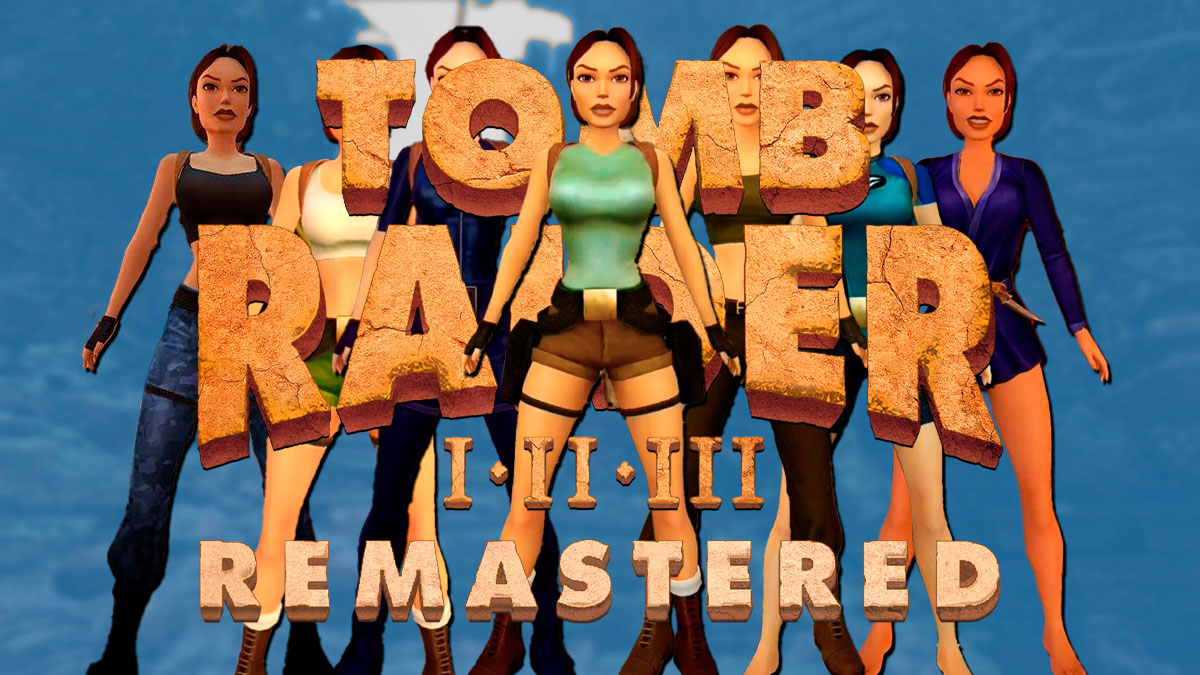
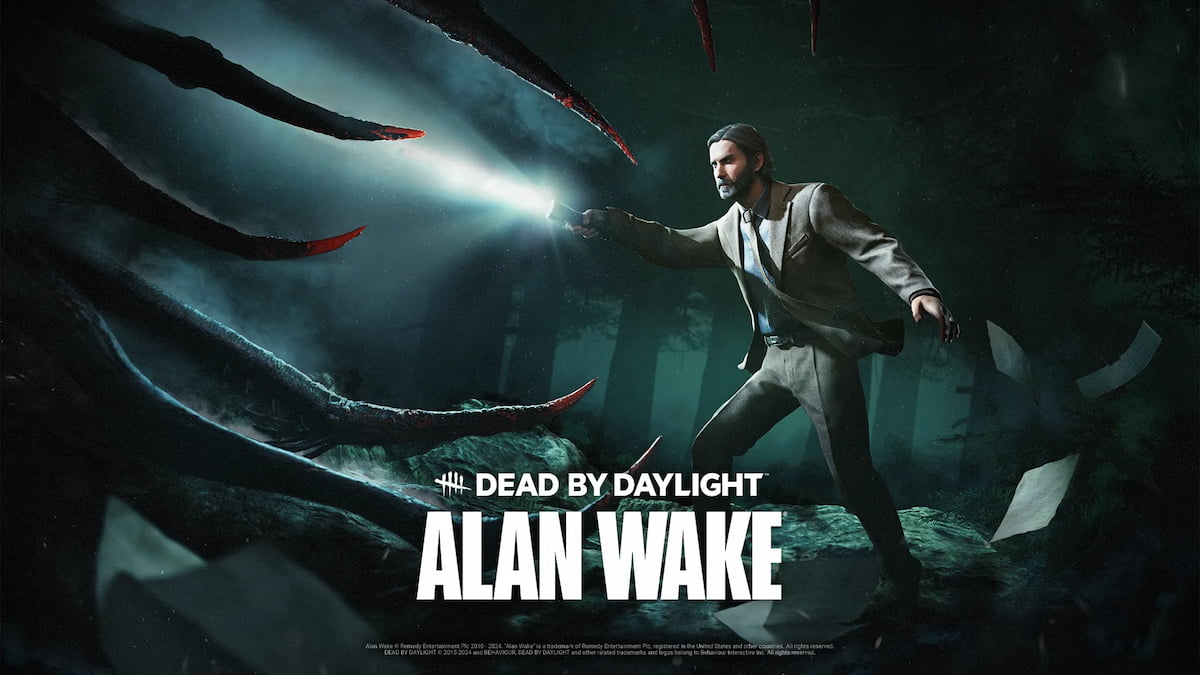


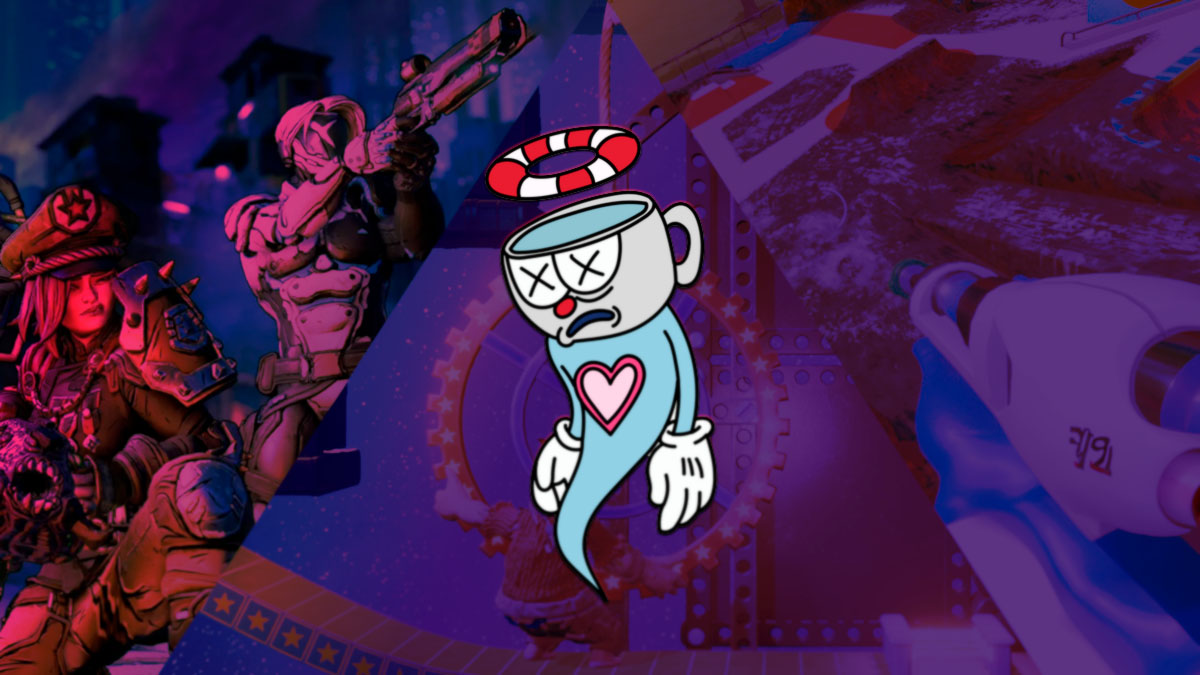

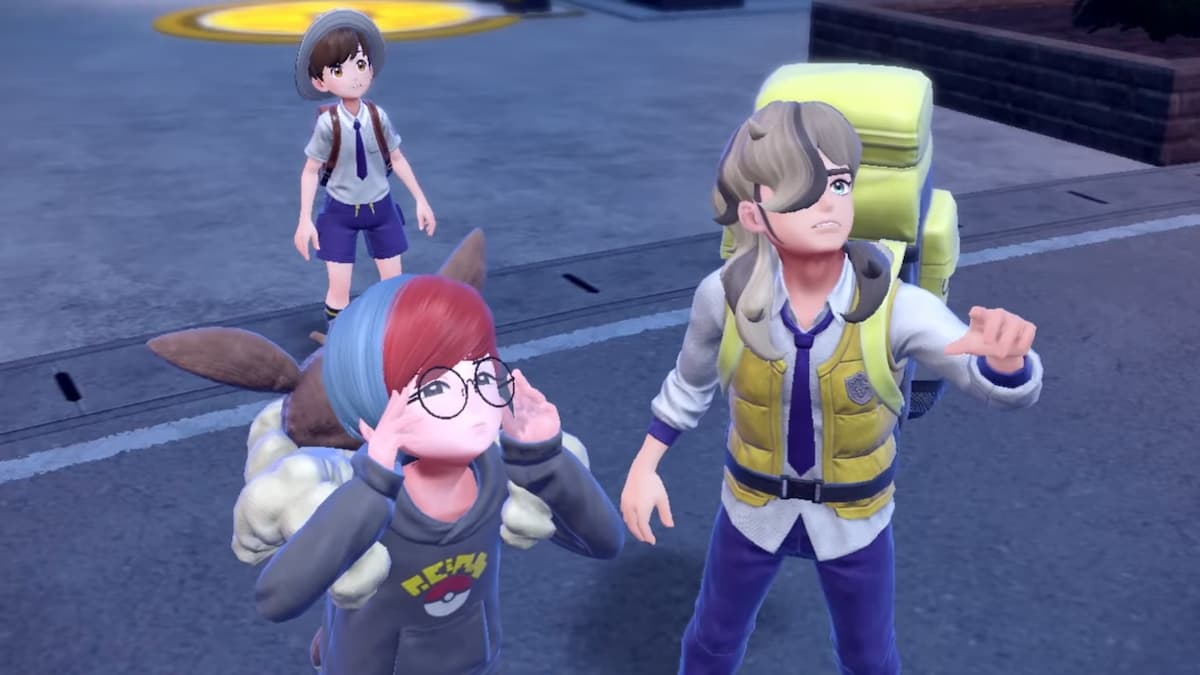

Published: Apr 26, 2022 03:00 pm